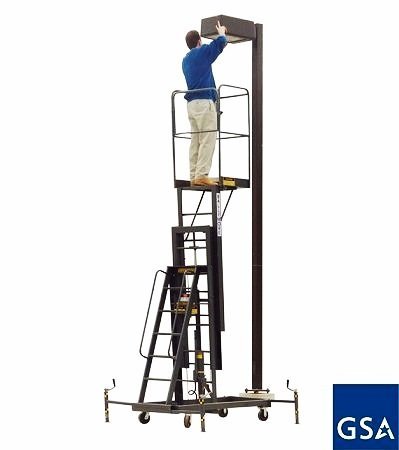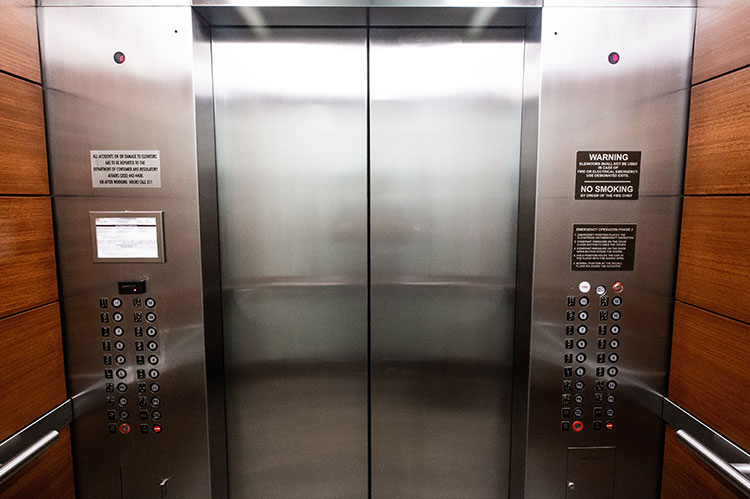Professional Lift Maintenance Repair for Residential and Commercial Lifts
Wiki Article
Pro Tips for Preserving Your Lift in Leading Problem: A Comprehensive Introduction
Guaranteeing the optimum performance of a lift system is vital for a safe and reliable operation in various setups, from industrial stockrooms to commercial structures. By adhering to a structured maintenance program and preemptively addressing prospective problems, lift owners can reduce expensive downtime and safety threats.
Value of Regular Maintenance
Routine upkeep of your lift is important to ensure its ideal efficiency and longevity. By adhering to a routine upkeep schedule, you can identify and deal with prospective concerns prior to they rise right into expensive repair work or unforeseen downtime. Regular maintenance tasks such as lubricating relocating parts, checking for damage, and inspecting hydraulic systems can aid stop breakdowns and guarantee risk-free procedure.Overlooking regular maintenance not only compromises the performance of your lift but likewise postures safety dangers to users and home. Parts that are not properly maintained may fall short suddenly, resulting in accidents or damage to the lift itself. In addition, resolving problems early through upkeep can extend the life-span of your lift and minimize the possibility of major failures.
Along with enhancing safety and efficiency, normal maintenance can likewise save you cash in the future. By buying preventative maintenance measures, you can prevent expensive repairs or replacements that might arise from disregarding the upkeep of your lift. In general, prioritizing routine upkeep is important for making best use of the performance and longevity of your lift system.
Leading Components to Check

In addition, pay close interest to the lift's safety and security functions, such as emergency quit switches, safety and security sensing units, and interlocking devices, to guarantee they are functioning appropriately. Regularly examine the lift shaft for debris or blockages that might hamper the movement of the lift car. Finally, don't neglect to analyze the doors, hinges, and door operators to guarantee smooth opening and closing operations. By diligently checking these top parts, you can catch potential concerns early and guarantee your lift stays in leading problem.
Positive Troubleshooting Methods
When encountered with potential lift system problems, adopting proactive troubleshooting techniques can significantly improve operational efficiency and protect against costly downtime. Among the crucial proactive fixing strategies is to regularly keep track of and evaluate lift efficiency data. By tracking metrics such as lift rate, motor temperature, and energy consumption, maintenance groups can identify very early indicators of potential issues and take restorative activities before they intensify. Carrying out routine visual assessments of critical components, such as cable televisions, pulley-blocks, and security systems, can also help in discovering wear and tear or misalignments that might lead to malfunctions. In addition, applying a preventative upkeep schedule that consists of lubrication of moving Get the facts components, screening of emergency brakes, and calibration of sensing units can proactively attend to usual lift system problems.In addition, purchasing training programs for maintenance team on repairing techniques details to the lift model mounted can encourage them to detect and deal with concerns swiftly. By staying in advance of possible troubles through positive troubleshooting, lift operators can make certain a smoother and a lot more reputable operation while lessening the risk of unexpected break downs.
Necessary Lubrication Practices
Applying correct lubrication techniques is crucial for ensuring the smooth procedure and long life of lift systems. Normal lubrication aids reduce friction between relocating components, protecting against wear and tear that can result in pricey repair services and downtime. When it pertains to raise upkeep, following a rigorous lubrication timetable is important.Selecting the ideal lubricating substance is the primary step in efficient maintenance. Different parts of the lift system might need certain kinds of lubricants, such as oil or oil. Seek advice from the manufacturer's guidelines to figure out the proper lubes for each component.

Frequently evaluating the problem of moisturized components is additionally essential. Look for indicators of excessive wear, contamination, or insufficient lubrication. Attend to any problems promptly to avoid further damages and guarantee the continued smooth operation of your lift system. By prioritizing correct lubrication methods, you can expand the life-span of your lift and enhance its performance.
Precaution for Lift Operators
In order to keep a secure working environment and support functional effectiveness, lift operators have to carefully adhere to recommended security procedures, together with prioritizing essential lubrication techniques for optimum lift efficiency. Safety steps for lift operators are important to stop mishaps and make sure the smooth performance of the lift system.Additionally, lift drivers must prioritize personal safety devices (PPE) such as headgears, handwear covers, and security harnesses when operating at official site elevations or dealing with hefty tons. Clear communication amongst drivers, upkeep technicians, and other workers is vital to protect against misunderstandings that could lead to accidents. Lastly, drivers ought to stay alert, focused, and avoid distractions while running the lift to make sure the security of themselves and others around.
Conclusion
To conclude, preserving a lift in leading condition is crucial for ensuring security and effectiveness in operations. Regular maintenance, thorough inspections of key elements, positive troubleshooting, correct lubrication techniques, and adherence to precaution are necessary for lengthening the life expectancy of the lift and stopping mishaps. By following these standards, lift drivers can make sure the continued capability and safety of their tools.By adhering to a structured upkeep program and preemptively dealing with prospective problems, lift proprietors can mitigate costly downtime and security threats. On a regular basis check the lift shaft for debris or blockages that could hinder the activity of the lift vehicle.In order to preserve a risk-free working atmosphere and maintain operational performance, lift operators should carefully adhere to recommended safety and security methods, along with prioritizing essential lubrication techniques for optimum lift efficiency. Safety and security procedures for lift operators are vital to avoid mishaps and guarantee the smooth performance of the lift system. Regular maintenance, extensive examinations of essential elements, proactive troubleshooting, appropriate lubrication methods, Going Here and adherence to safety steps are essential for prolonging the lifespan of the lift and stopping accidents.
Report this wiki page